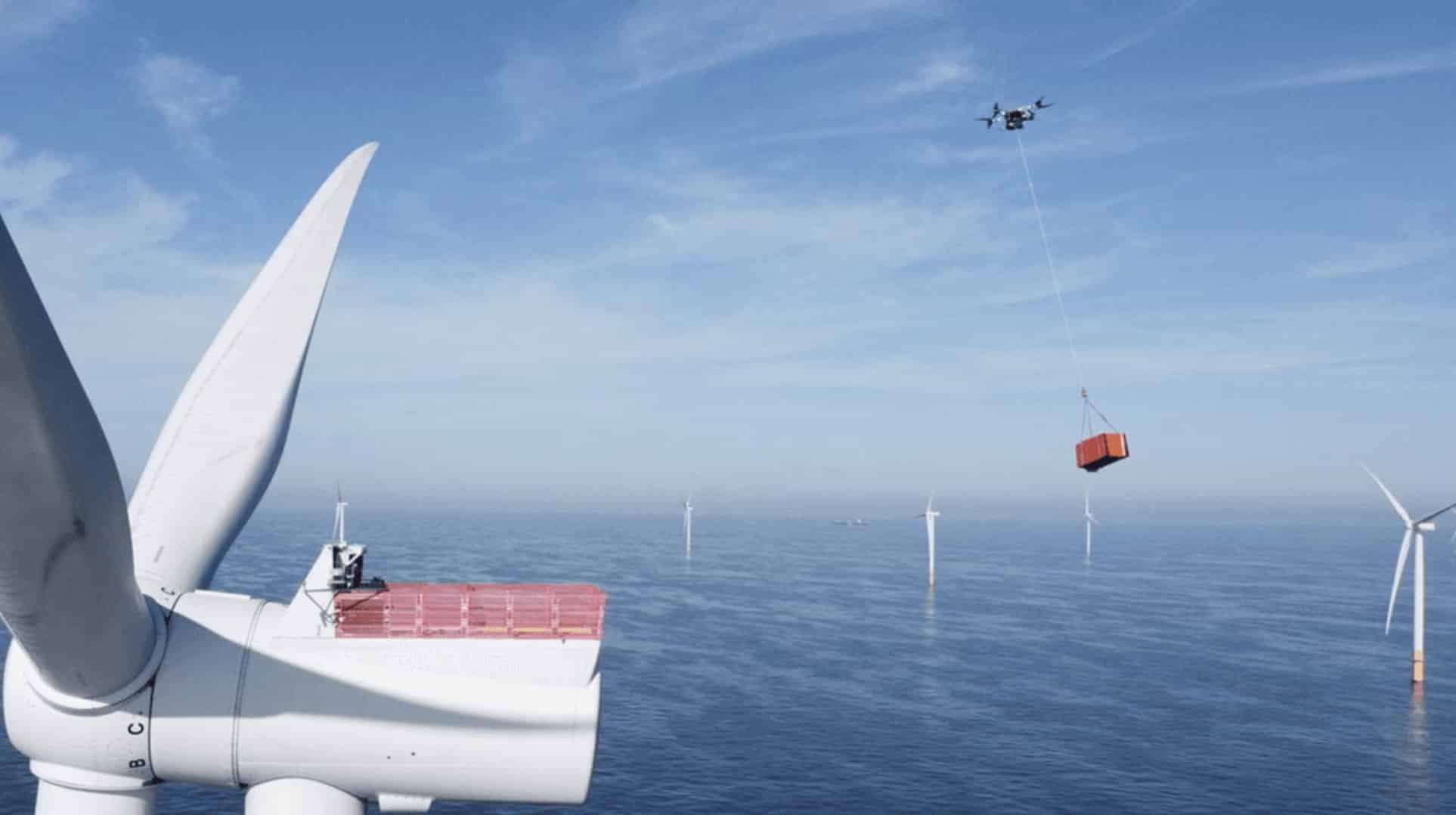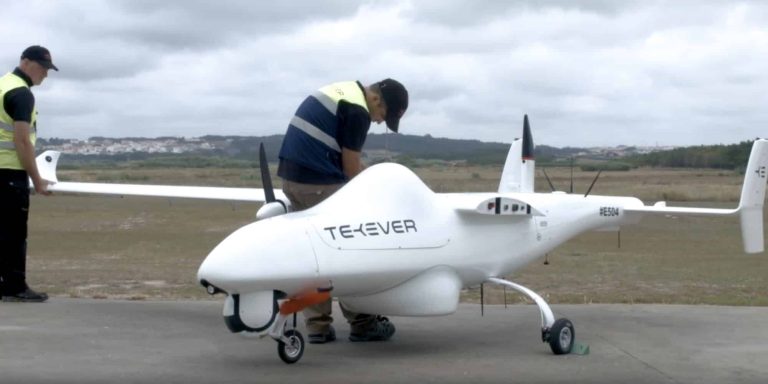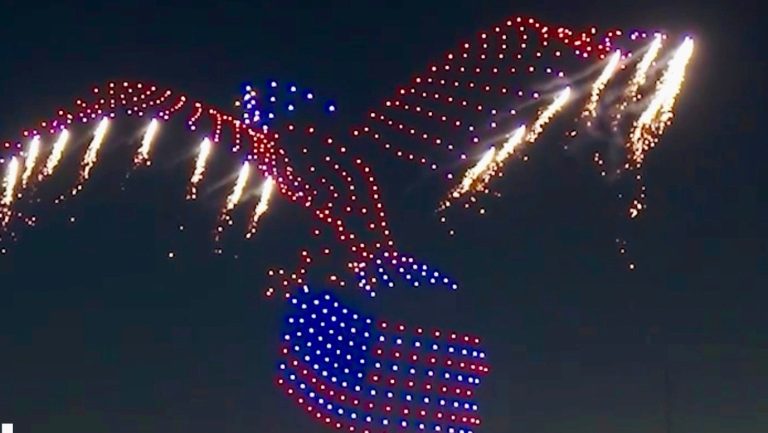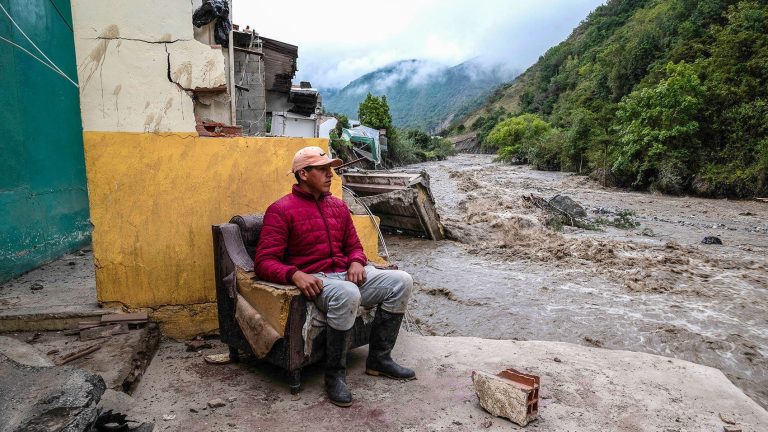Danish green power giant Ørsted has made a significant advancement by deploying heavy-lift cargo drones at the Borssele 1&2 Offshore Wind Farm. This innovative move aims to enhance efficiency, reduce costs, and improve operational safety in the transportation of cargo to all 94 wind turbines at the site.
The 150-pound drones are capable of transporting cargo up to 220 pounds from a vessel to the turbines. This step marks a new chapter in the operational logistics of offshore wind farms. Last year, successful tests were done at the Hornsea 1 Offshore Wind Farm in the UK. This development underscores Ørsted’s commitment to leveraging cutting-edge technology for sustainable energy solutions.

Drones reduce risk and make wind farm work safer
Heavy-lift drones at Borssele 1&2 significantly enhance operational safety by reducing the need for technicians to physically traverse wind turbines. By directly delivering equipment to the nacelle, these drones eliminate dangerous climbs and lessen the reliance on vessels outfitted with cranes.
Key Benefits
- Safety: Reduces risk of accidents for personnel
- Efficiency: Increases speed and accuracy of deliveries
- Cost Reduction: Cuts down on operational costs
- Carbon Emissions: Minimizes carbon footprint
Ørsted’s innovative approach means fewer journeys by ship, further reducing carbon emissions. Each heavy-lift cargo drone transports supplies directly from an offshore vessel to the turbine top. This method streamlines operations and minimizes time spent on labor-intensive tasks.
Operational Improvements
The use of drones eliminates repetitive handling stages that typically involve cranes both on the ship and at the wind turbine. These improvements not only boost efficiency but also provide a safer working environment for technicians, leading to improved operational safety across the board.
This technological advancement by Ørsted underscores the importance of integrating drones into offshore wind farm operations, thus enhancing safety, efficiency, and sustainability in the industry.
“Ørsted has led offshore wind’s journey from a niche technology to a cost-competitive and large-scale source of renewable power,” said Rasmus Errboe, chief commercial officer and deputy-CEO at Ørsted.
4-Minute drone flight from vessel to turbine
The drone flight from the vessel to the wind turbine takes about four minutes per turbine, significantly faster than the traditional method. Previously, conventional approaches without using drones could take around six hours. The result is a process almost 90 times faster.
When considering the transportation between turbines and from shore, Ørsted has seen task completion at Borssele 10-15 times faster than usual. Ørsted, with its in-house R&D capabilities, continues to harness cutting-edge technology to improve efficiency and sustainability in green energy.
Key Benefits:
- Speed: Four minutes per turbine versus six hours traditionally.
- Efficiency: Using autonomous and crew transfer vessels ensures quick and reliable transport.
- Innovation: New technology optimizes offshore wind monopile installation.
- Sustainability: Enhancing the reliability and affordability of green energy.
Discover more from DroneXL
Subscribe to get the latest posts sent to your email.




















+ There are no comments
Add yours